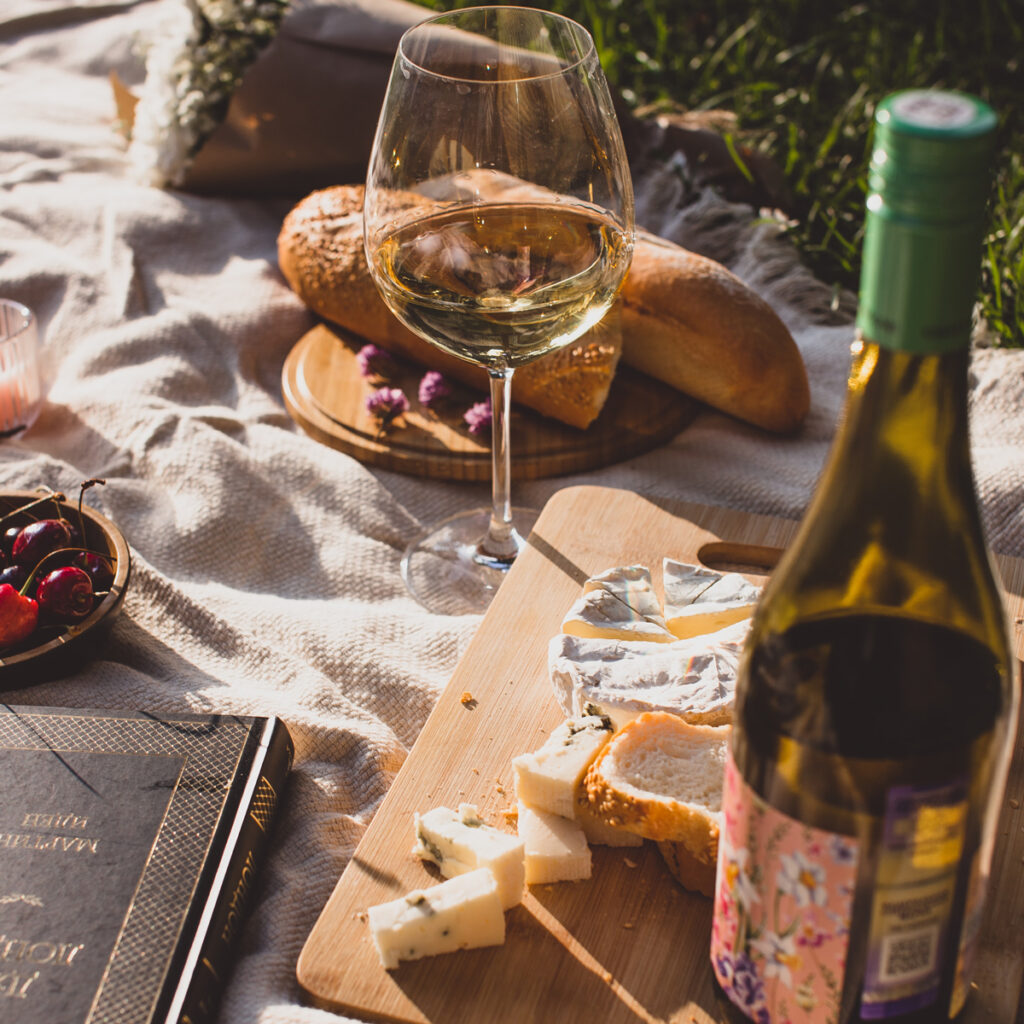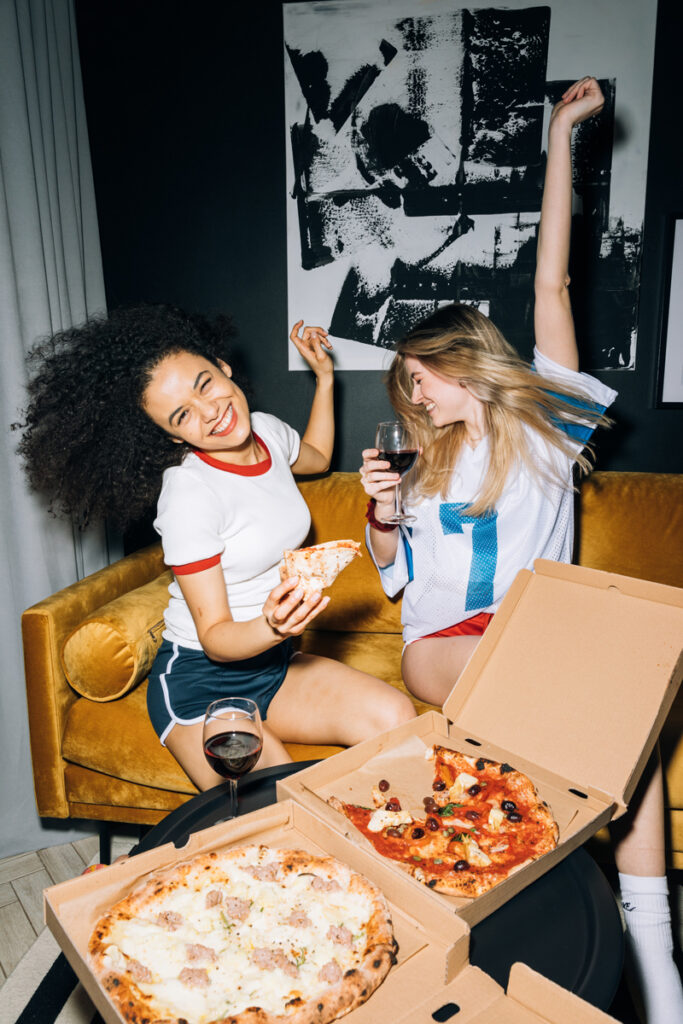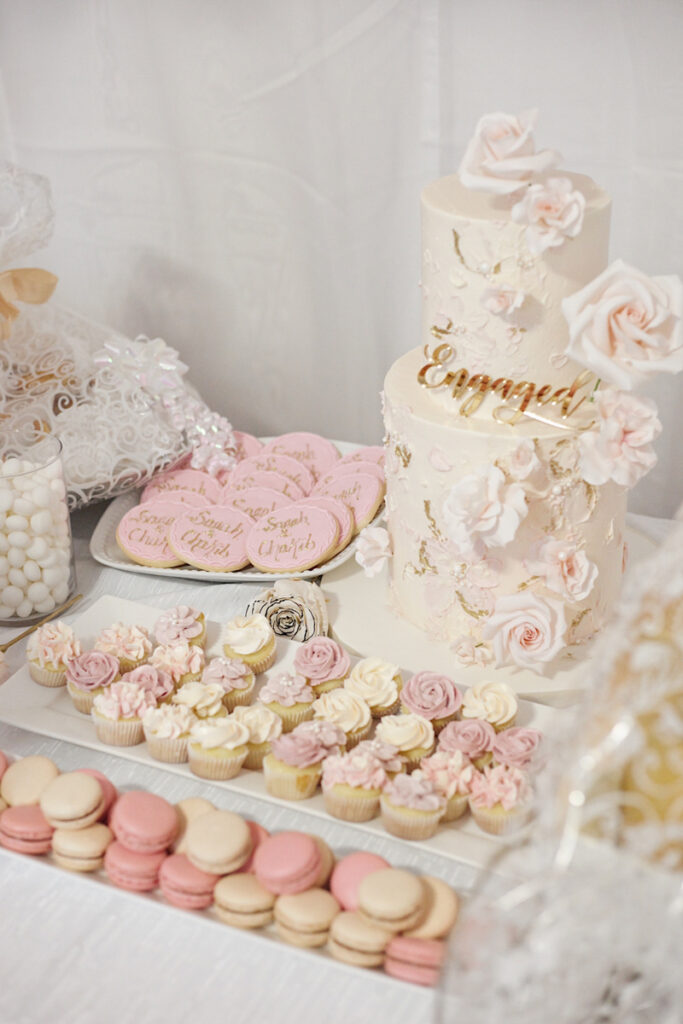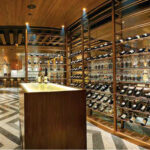
Achieving the perfect wine and food pairing is like trying to unequivocally determine the best t-shirt and pants combo; there is an infinite number of combinations and so many of them work! We’re conditioned to think that pairings should be reserved for restaurant sommeliers. Yes, sommeliers are trained professionals, but this doesn’t mean that their methods are intricate and complicated. In fact, these methods are something you can easily replicate at home. Below is a simple two-part wine and food pairing guide that can be used over and over again to find amazing new combinations.
First, consider the setting. This one is important for getting the ambiance just right. Specifically, you should focus on three things (four if you really want to go big):
The season: There’s a reason we tend to drink white wines with fish in the summer and red wines with stews in the winter. When it’s hot outside we tend to crave younger, fresher, lower-alcohol wines to quench our thirst. When the weather gets cooler we want heavier, more mature dishes and beverages—just like pulling on a warm, fuzzy sweater. Don’t think too hard about this one. Go with what feels natural and appropriate for the season.
The time of day: Is this a brunch party or a dinner? When the sun is high, go light. Even if it’s the middle of winter, serve a lighter red wine and a lighter dish. When the sun goes down, serve a heartier dish and a more complex wine.
The formality: Whether it’s your dad’s birthday dinner or a backyard barbecue makes a big difference. If it’s a formal event, you’ll want to serve an intricate dish and wine that make the moment feel special. If it’s a casual get-together, let the food and wine mirror the kind of no-fuss atmosphere you are trying to create.
The location: If you want to get really technical, sourcing your food and wine from the same area is a quick, simple trick for a great pairing. The logic behind this is that both food and wine grapes impart their soil’s terroir, giving you a high chance of getting that perfect je ne sais quoi pairing. But if this is not possible for practical reasons, don’t worry. There are many amazing pairings of wine and food coming from opposite corners of the earth.
Next, consider the sensory attributes of the food and wine. Here we’re considering all five of the senses.
Taste: For the taste, you’ll want to match both the flavor and the flavor intensity. In general, pair like with like. For example, if you’re serving a mild-flavored dish like oysters, you’ll want a mild wine, like an unoaked Sauvignon Blanc. If you’re serving a blue cheese, which has quite a strong flavor, you’ll want to pair it with a stronger wine, like a Gewurztraminer or a Sauternes. If you pair a strong dish with a simple, mild wine, the wine will appear too weak in comparison.
The only time you DON’T want to pair like with like is for spicy foods. A spicy dish should never be paired with a “spicy” wine, meaning a wine that smells or tastes like spices and seasonings (like a Syrah). Since those aromatics mainly come from the grape skins, they tend to be found in bold, high-alcohol red wines that have macerated on their skins. The high alcohol level in the wine will amplify the burning sensation from the food. Rather, what you want is a slightly sweet, low-alcohol wine. The sugar in the wine will coat your mouth to reduce the burn in the same way as ice cream or high-fat milk.

Feel: When we consider the “feel,” we’re really considering the body and texture of the food and wine. Pair like with like. A rich, fatty steak or a pepperoni pizza will do well with a rich, bold red wine. Plus, the wine tannins bind to the protein in the meat, which prevents the tannins from binding to the protein in your saliva. This is why eating meat with red wine makes the wine feel less dry in your mouth. Conversely, if you’re eating a light salad, pair it with a light-bodied white wine or low-tannin red or rosé wine.
Smell: The smell of the wine and food should be complimentary. Pair like with like. Generally speaking, a wine with herbal aromas, such as a Sauvignon Blanc, will be a good pair for an herbal dish or one with lots of fresh veggies. Remember that when you’re pairing for smell, it helps to ingest the food or wine rather than just sniffing it. There is a passageway from your mouth to your nose, meaning that when you put food or wine in your mouth, the aromas travel from your mouth to your nose in a process called retronasal olfaction. What you perceive as a flavor could actually be a smell!
Look: You guessed it—pair like with like. As a good rule of thumb, the darker the food, the darker the wine you can pair with it. This is because dark foods tend to be richer or contain more antioxidants like tannins and anthocyanins. These antioxidant-rich foods compliment tannic red wines. For example, steamed kale and salmon are both deep-colored foods high in fat, protein, and antioxidants, making the dish a good candidate for a red wine pairing.
Sound: Yes, we can even match for sound! Pair pomp with a pop. What’s more festive than the pop of a Champagne cork!? If your food is fancy, a surefire pairing is a bubbly wine to give your ambiance a boost. If it’s a lighter dish, stick with a traditional sparkling white wine. If it’s a heavier dish with red meat or bold flavors, such as grilled kebabs, you could pair it with a Lambrusco (sparkling red wine).
Here’s a real-life example, pulling together all of the criteria listed above.

It’s your cousin’s bridal shower brunch. It’s summertime, and the formality is sundress-chic. Food will be served around 1 pm. The sun is high, so you’ll want to keep the food and drink light. But it’s a big deal, so you want to make your cousin feel special with a special menu.
Brunch menu: A Quiche Lorraine served with a glass of dry bubbly (such as Crémant d’Alsace) would do the trick! The pop makes it feel like the celebration it is, and the light-bodied bubbly wine matches the light, fluffy texture of the quiche.
Dessert menu: Pair rosewater macarons with a semi-sweet Muscat. Macarons are a sweet-but-not-too-sweet dessert, so to match the sugar levels, go with a semi-sweet wine. The floral aromas of the muscat will be a perfect match for the rosewater macarons.
***
In the end, it’s about what you like! Don’t overthink it; your intuition will help guide you. If it’s hot outside, you’ll naturally crave a light dish and a light wine—and that is getting you at least 50% of the way there. If you make a pairing that doesn’t work, take notes. Trial and error will hone your senses and decision-making. If you take just one thing away from this article, it is to pair like with like (except for spicy food). The world is your oyster… just be sure to serve it with a light-bodied wine!
 Charlotte is a Master of Science candidate in Wine and Vineyard Sciences in Bordeaux, France. Her passion for wine developed thanks to a bartending gig at a little French wine bar in Washington, DC. Eventually, she quit her desk job to manage the wine bar full time. Hailing from Northern Vermont, she is fond of outdoor hockey rinks, local ski hills, and farm-to-table food and drink.
Charlotte is a Master of Science candidate in Wine and Vineyard Sciences in Bordeaux, France. Her passion for wine developed thanks to a bartending gig at a little French wine bar in Washington, DC. Eventually, she quit her desk job to manage the wine bar full time. Hailing from Northern Vermont, she is fond of outdoor hockey rinks, local ski hills, and farm-to-table food and drink.
Photo Credit: White wine with cheese picnic – Alexandra K on Unsplash; Girls eating pizza – Photo by KoolShooters from Pexels; Macarons – Samia Liamani on Unsplash



